The design architect for the Ohr-O'Keefe Museum of Art was Frank Gehry (of Gehry Partners, winners of numerous design awards since it was established in 1962).
The ticket office is in the building that houses the Biloxi Center for Ceramics and museum gift shop. Because work was underway to set up new exhibits, we were charged a reduced admission fee.
First we stopped at the Pleasant Reed Interpretive Center.
After the Civil War, Pleasant Reed, and his wife Georgia, moved to Biloxi. Born into slavery in 1854, he was a skilled carpenter by the time he lived in Biloxi. He built a side-hall, camel-back, cottage for his family in the 1880s. The original house was lost to Hurricane Katrina in 2005. This reproduction opened in 2008 and features a video about Pleasant Reed and the times in which in lived. Some artifacts from the Reed family (that survived the hurricane) are on display (including a couple of his saw horses and saws).
Historical information about African Americans is also on display in the house.
These photographs from the diary of Union Army Colonel Nathan W. Daniels document his time on nearby Ship Island. Daniels was a white officer who commanded the 2nd Regiment of the Louisiana Native Guard, one of the African American regiments during the Civil War. Unlike many other white officers, he fought for equal treatment of African Americans during and after the Civil War.
Across from the courtyard from the Reed house is the John & James L. Knight Pod Pavilion (consisting of four pods). We found the architecture very interesting! And from Beach Boulevard it is really striking.
Only one of the pods is currently open and is home to one of the two George Ohr pottery exhibits currently on display at the museum. Born in Biloxi in 1857, he built his first pottery studio in 1883 and created utilitarian pottery (water jugs, chimney flues, flower pots, etc.) He married three years later (Josephine Gehrig) and they had ten children together.
His studio was destroyed by fire in 1894, but he reopened the studio a year later as The Biloxi Art Pottery Unlimited. This began his most productive phase as he created imaginative forms with vibrant glazes. So disappointed by lack of critical acclaim or financial success, he closed his shop in 1910 and packed away the pottery. After his death in 1918, it remained on this family property for more than 50 years. In 1970, the majority of his pottery was acquired by Jim Carpenter and introduced to the New York art scene. Ohr is considered a central figure in American ceramics today.
Here are some of his pieces displayed in the pod. You can pick up a list of the pieces and the date they were made at the start of the exhibit. In addition to the pottery, Ohr's Silver Medal from the St. Louis World's Fair (1904) is shown. The fourth photo below includes some of his "burned babies," pieces he recovered from the studio fire in 1894.
Work was underway at the Mississippi Sound Welcome Center, so we were not able to go inside. But, again, the architecture is quite impressive and we did climb to the terraces, one at the top of the building.
The Wind in Your Hair: Vintage Motorcycles exhibit (November 1, 2017 to February 24, 2018) features 13 motorcycles owned by individuals in the Gulf Coast area. They show the evolution of motorcycles built between 1900 and 1970. They are all rare, vintage, and unusual bikes from that period that are in pristine condition. A docent at the exhibit and a motorcycle restoration guy provided us with lots of interesting information about this exhibit.
This 1921 Victoria model KR-1 is valued at $1M (yes, that's million) as there are only a dozen left.
Below is a 1958 Harley Davidson and a 1937 Indian Chief.
From front to back, the motorcycles shown below are: 1950 Sunbeam S7 Deluxe, 1957 Triumph Thunderbird 6T, and 1930 Harley Davidson VL.
The BMW motorcycle (in front) shown below is the second most valuable ($500k) in this display.
And finally, this is a 1950 Vincent Rapide.
In the Beau Rivage Resort and Casino Exhibit building is the George Edgar Ohr: I am the Potter Who Was exhibit. The other exhibits in this building were under construction.
These creative pieces were beautiful and the color of the glazes exquisite. A docent in this exhibit gave us a flashlight that when focused on each piece revealed the shimmering colors.
When Ohr received feedback about his "queer" shapes and unusual glazes, he went through a period where he focused only on the ceramic shapes and applied no glaze.
While we were exploring the exhibit we engaged in conversation with the museum docent. She was a lovely woman with lots of information about Ohr as well as about the Biloxi area in general. As a retired educator, she works several days a week at the museum. We always enjoy the people we meet in the many places we visit.
It was so interesting learning about this local artist. Today some of his work is displayed at the Smithsonia of American History in Washington, DC. I was watching Antiques Roadshow the other day and a George Ohr piece was featured. The value places on that one piece, was $15,000-$20,000. Wow!
It was so interesting learning about this local artist. Today some of his work is displayed at the Smithsonia of American History in Washington, DC. I was watching Antiques Roadshow the other day and a George Ohr piece was featured. The value places on that one piece, was $15,000-$20,000. Wow!
We ended our visit to the museum at the Gift Shop. It is located on the second floor of the Center for Ceramics buildings where pottery classes are offered (see the schedule on their website). Creative objects are on display in the gift shop and are sold on a consignment basis.
The museum is open Tuesday to Saturday, 10 am to 5 pm. Admission is $10/adults and $8/seniors. For additional information, check out their website www.georgeohr.org.
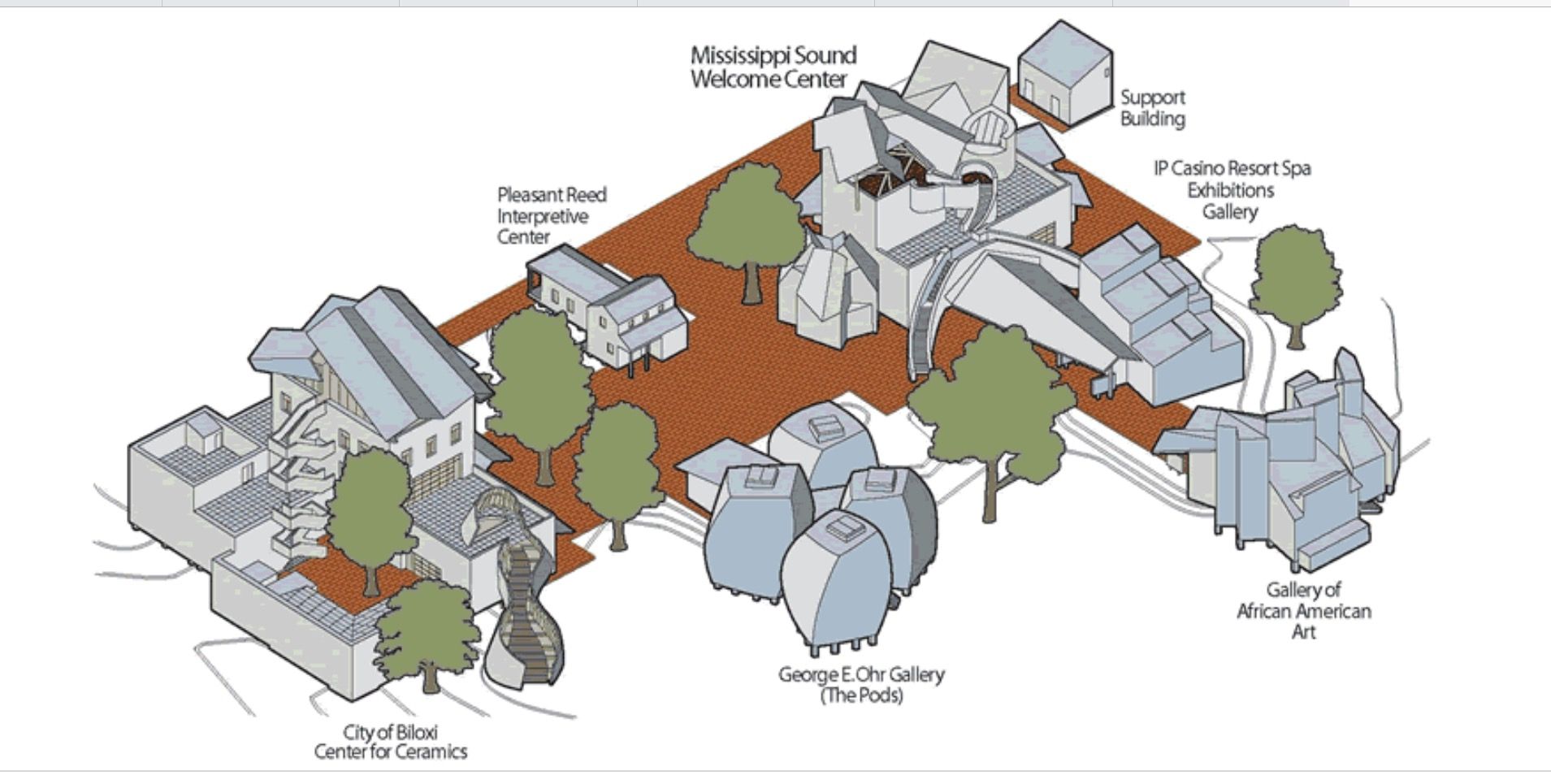
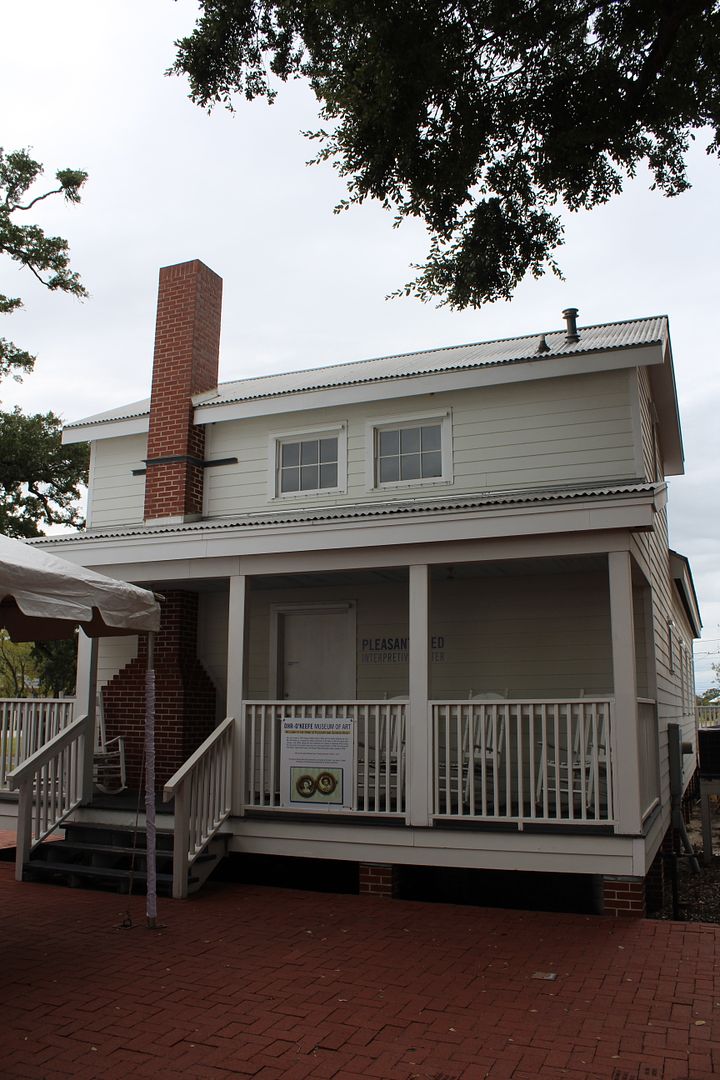

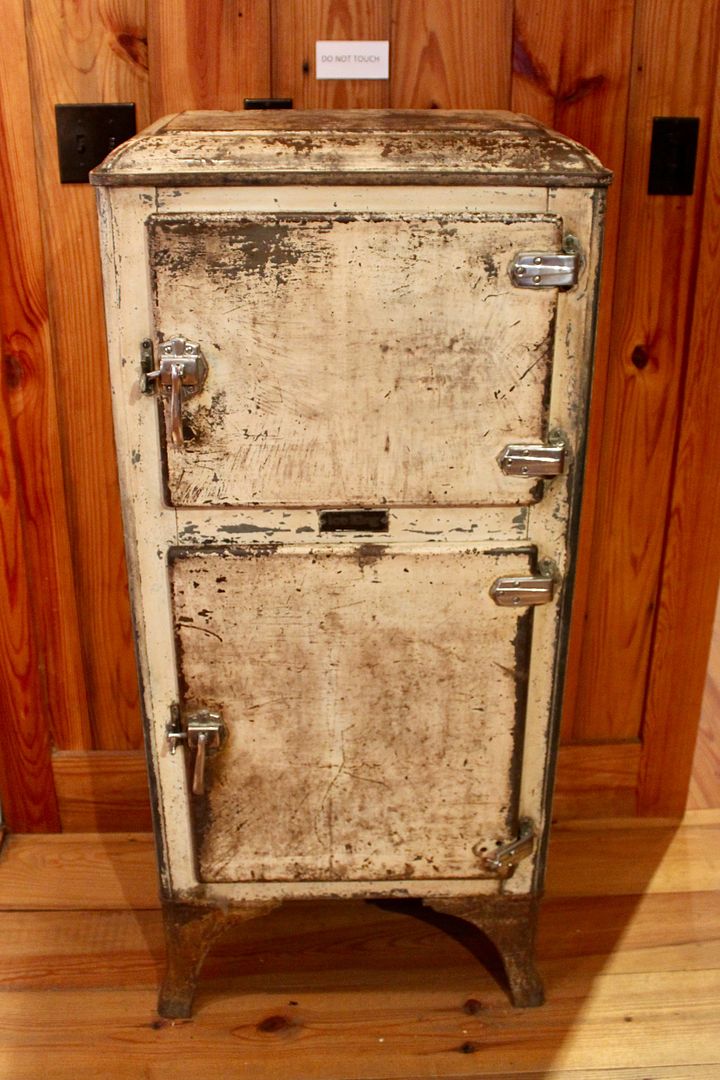
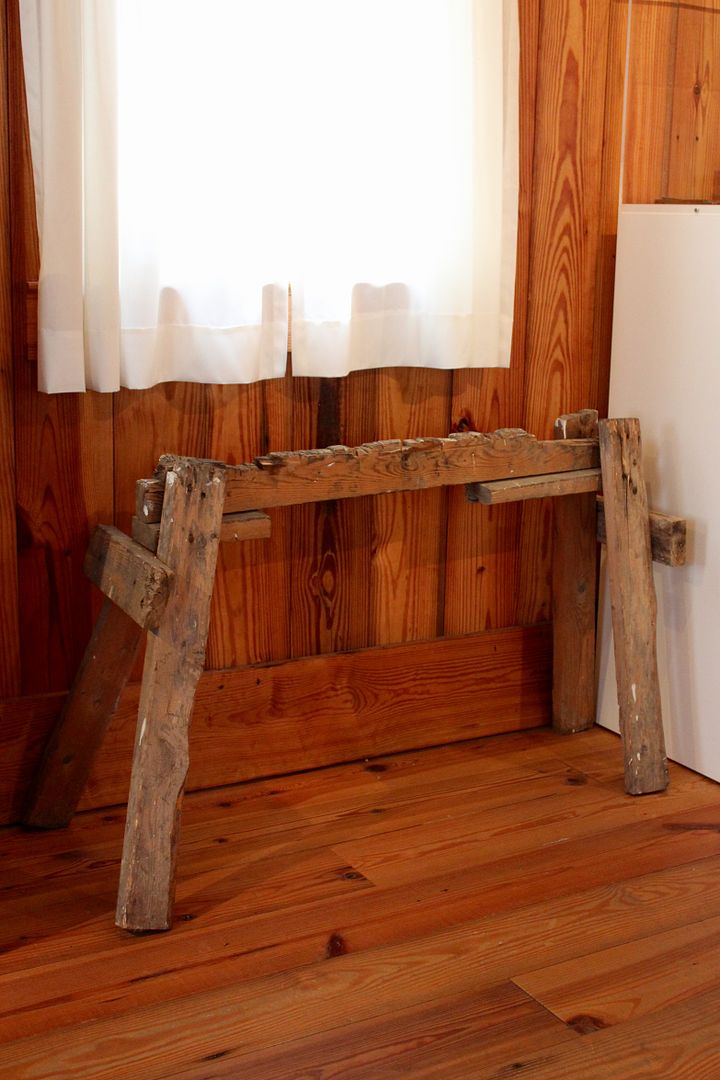
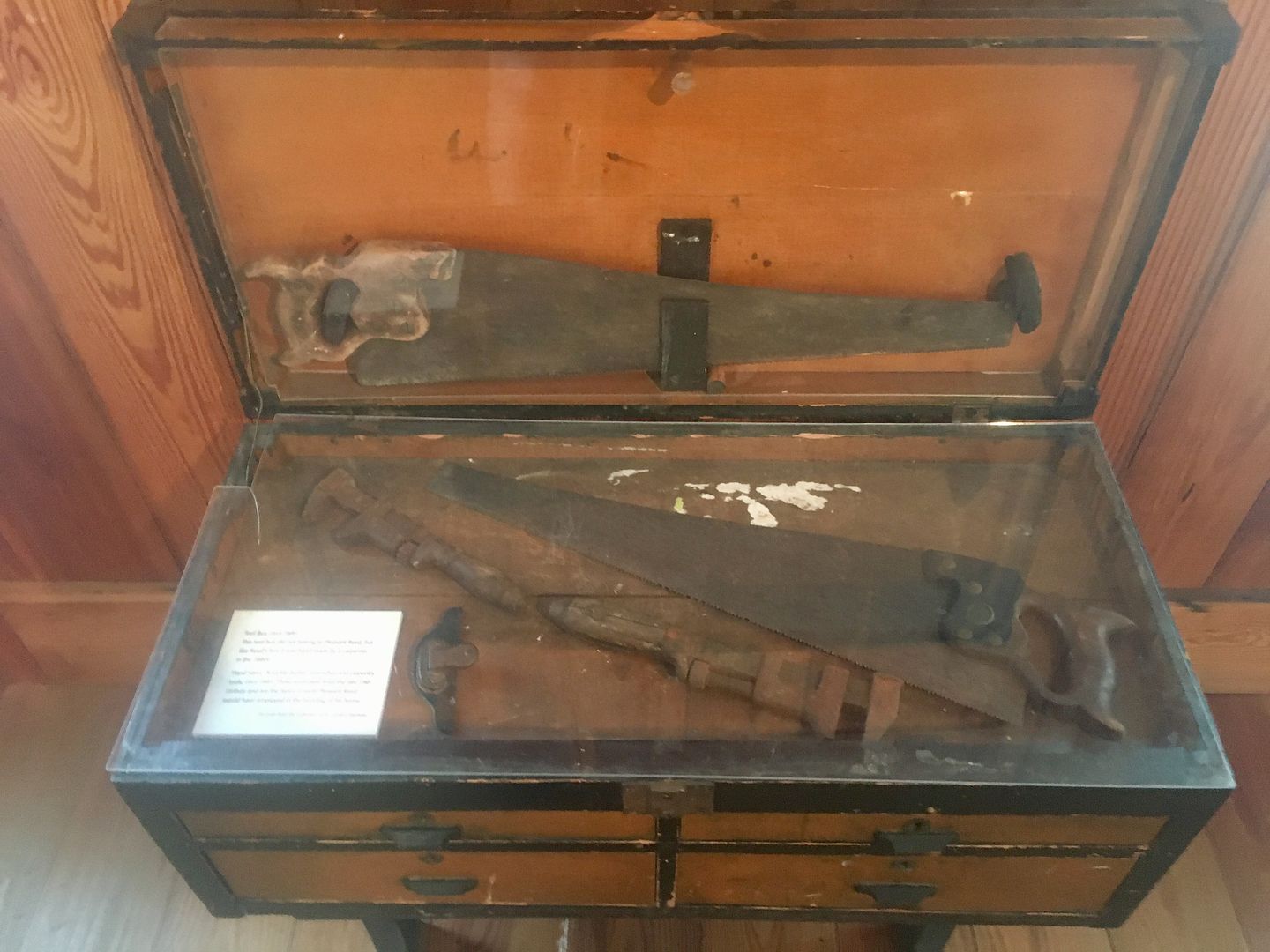
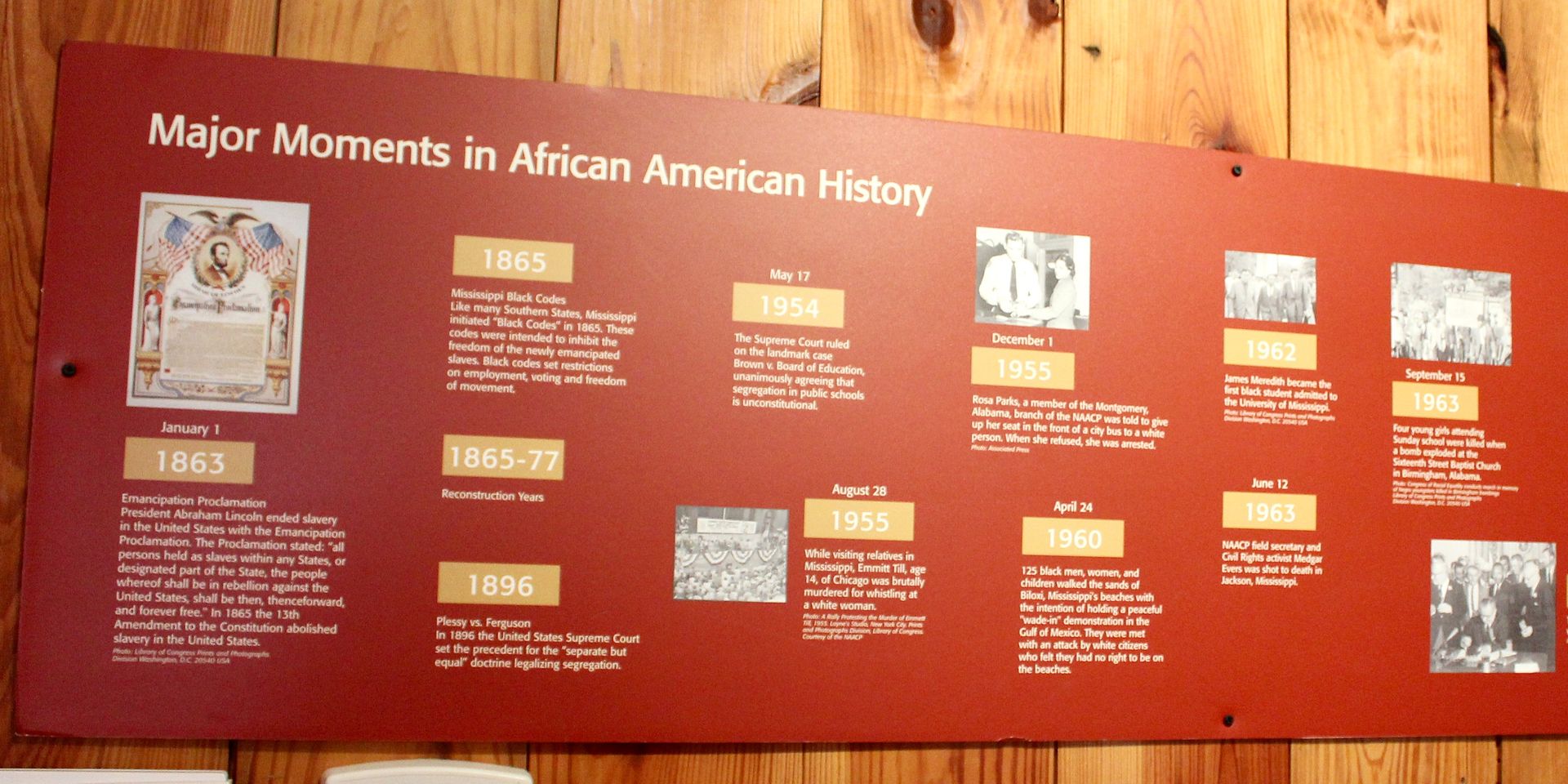
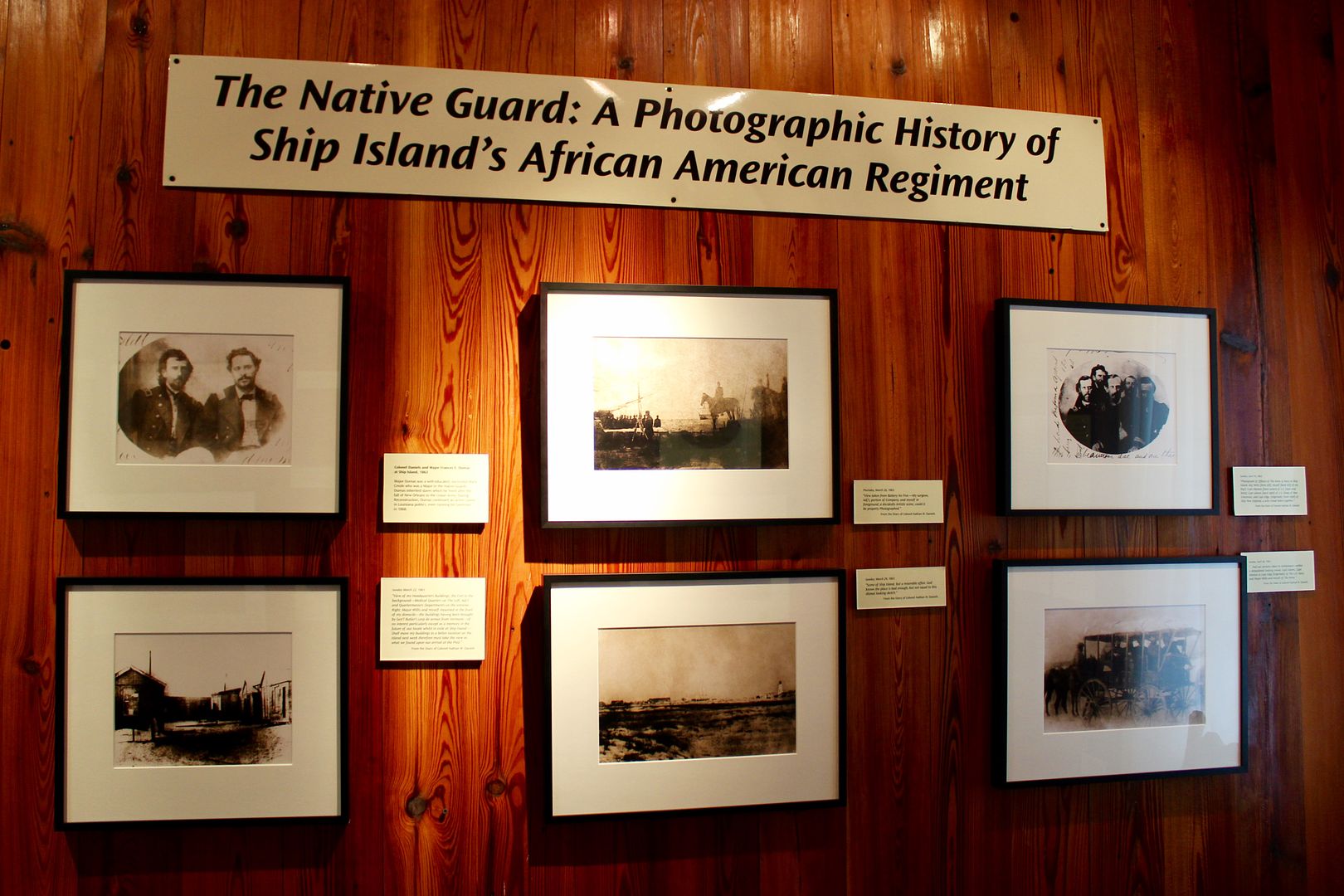
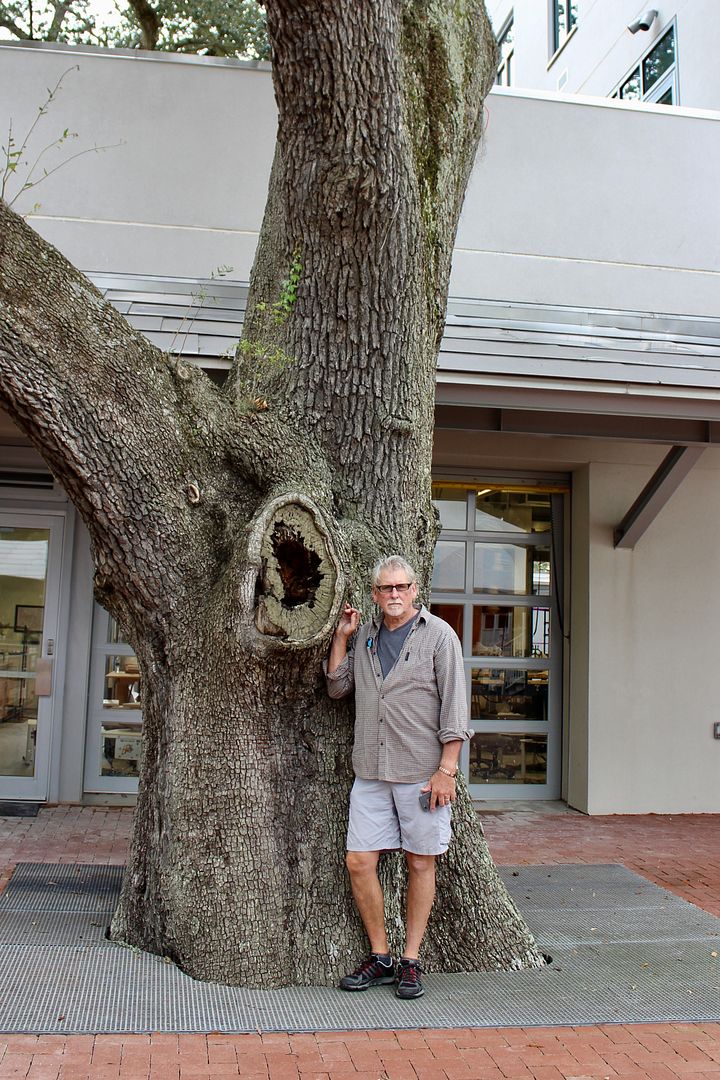
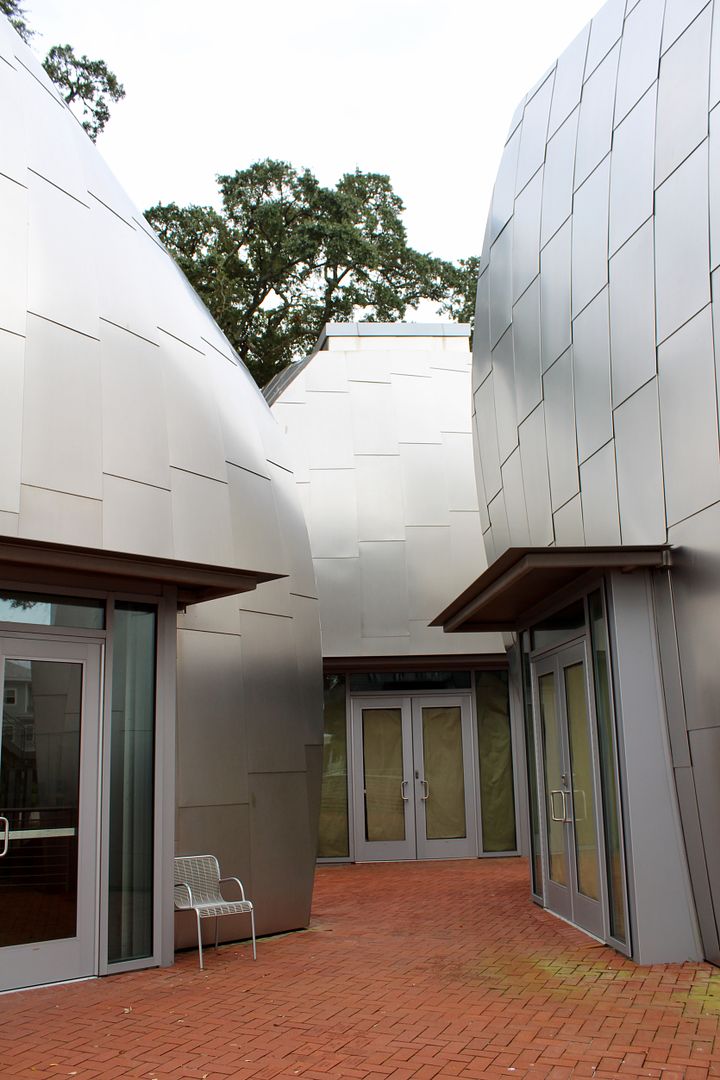

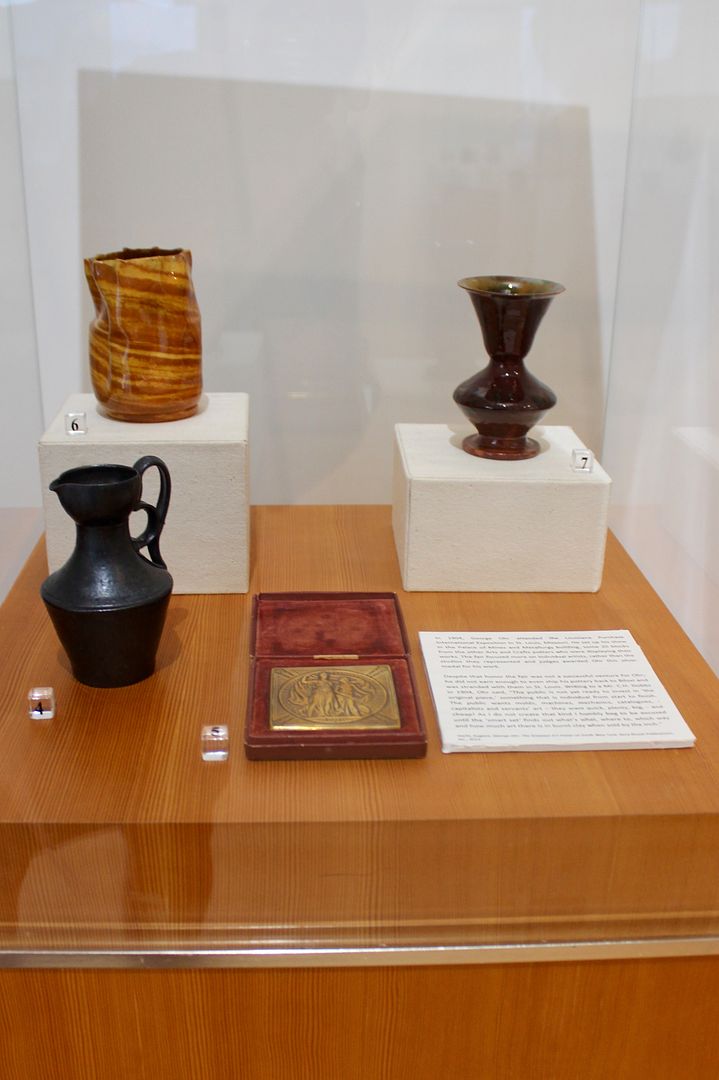
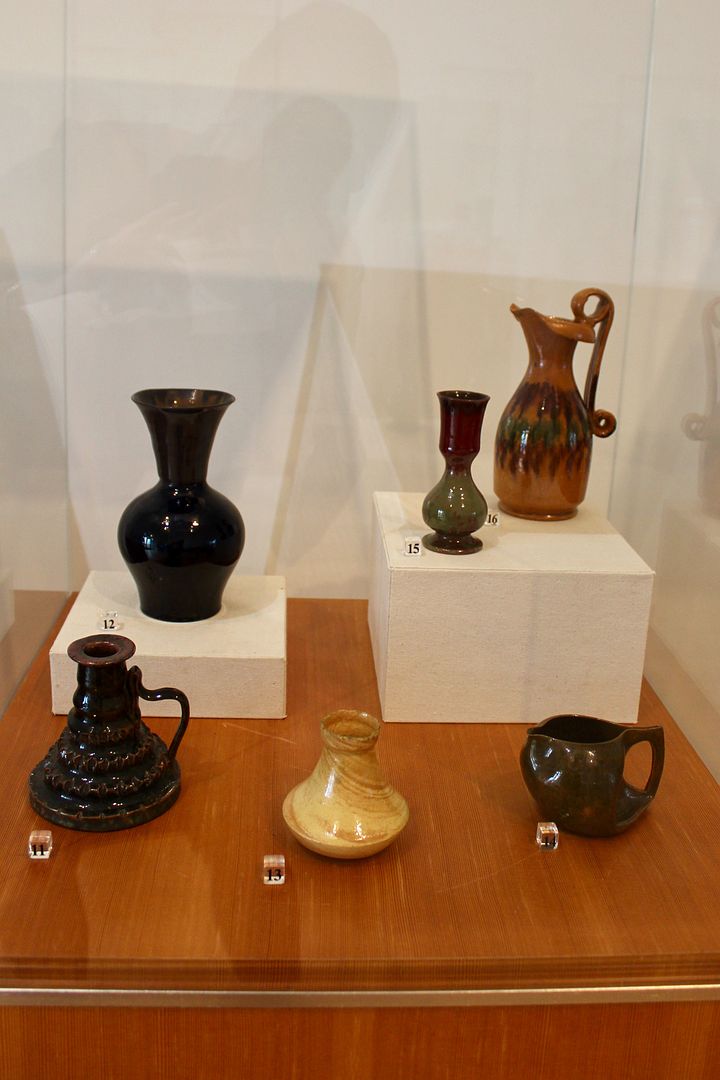

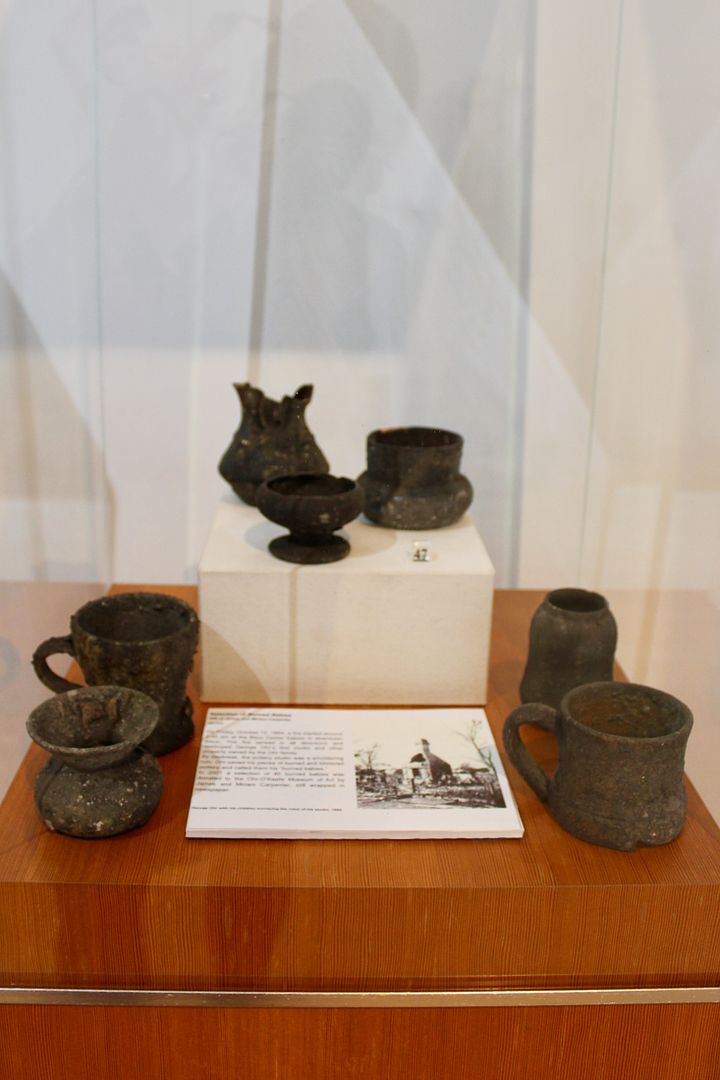
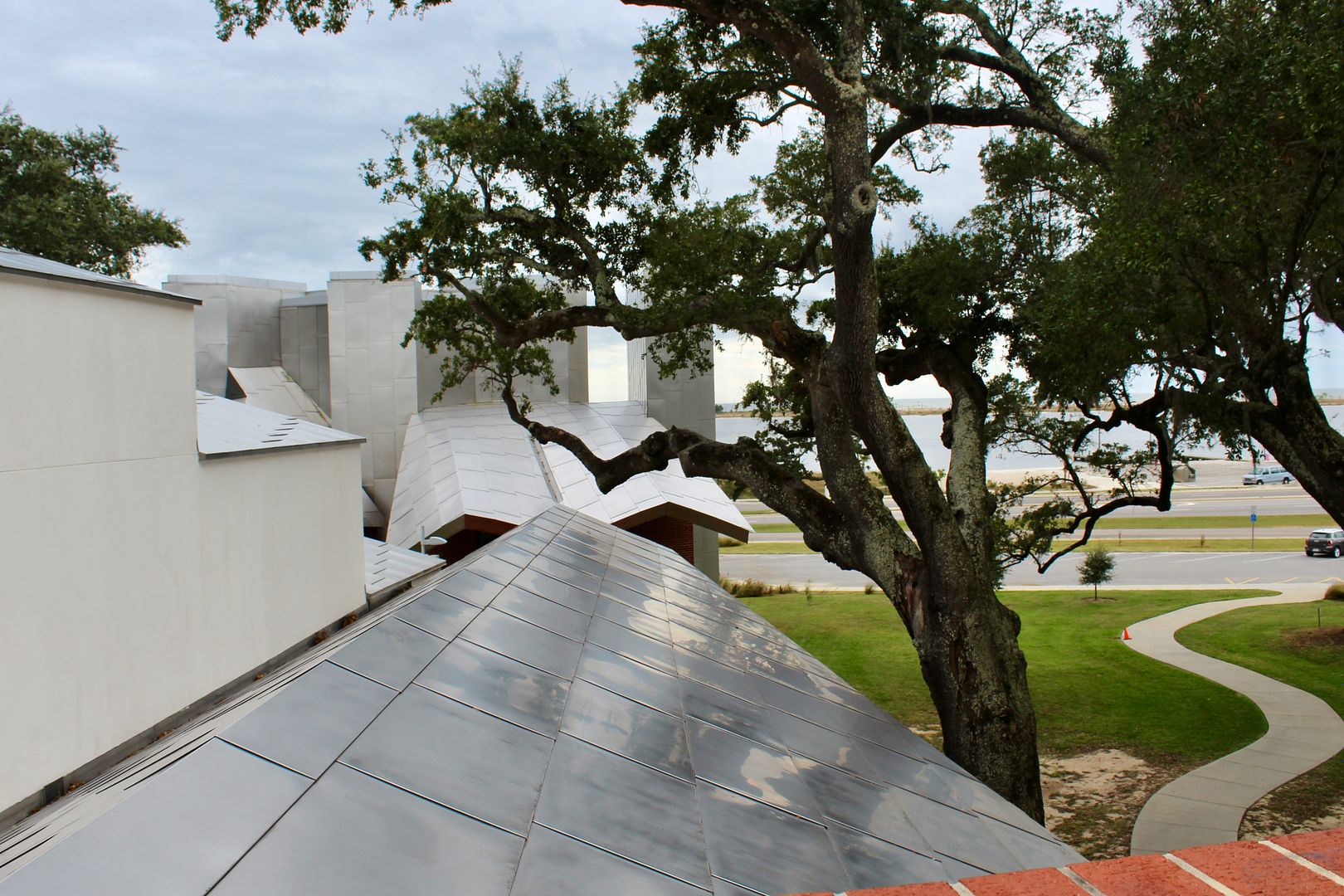

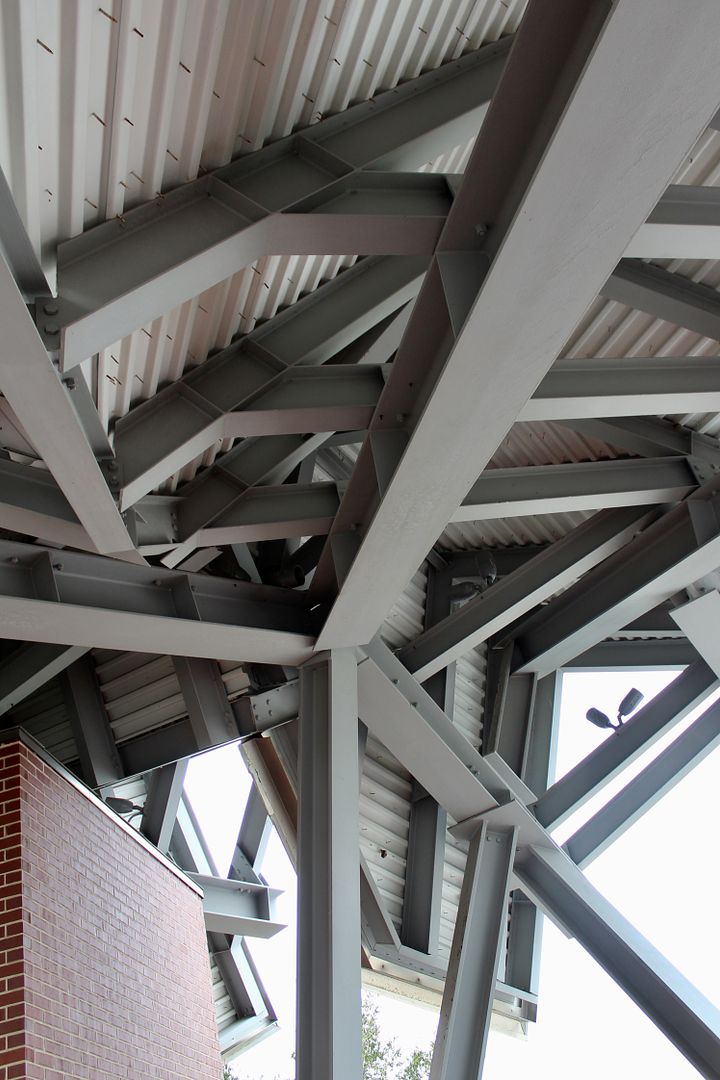
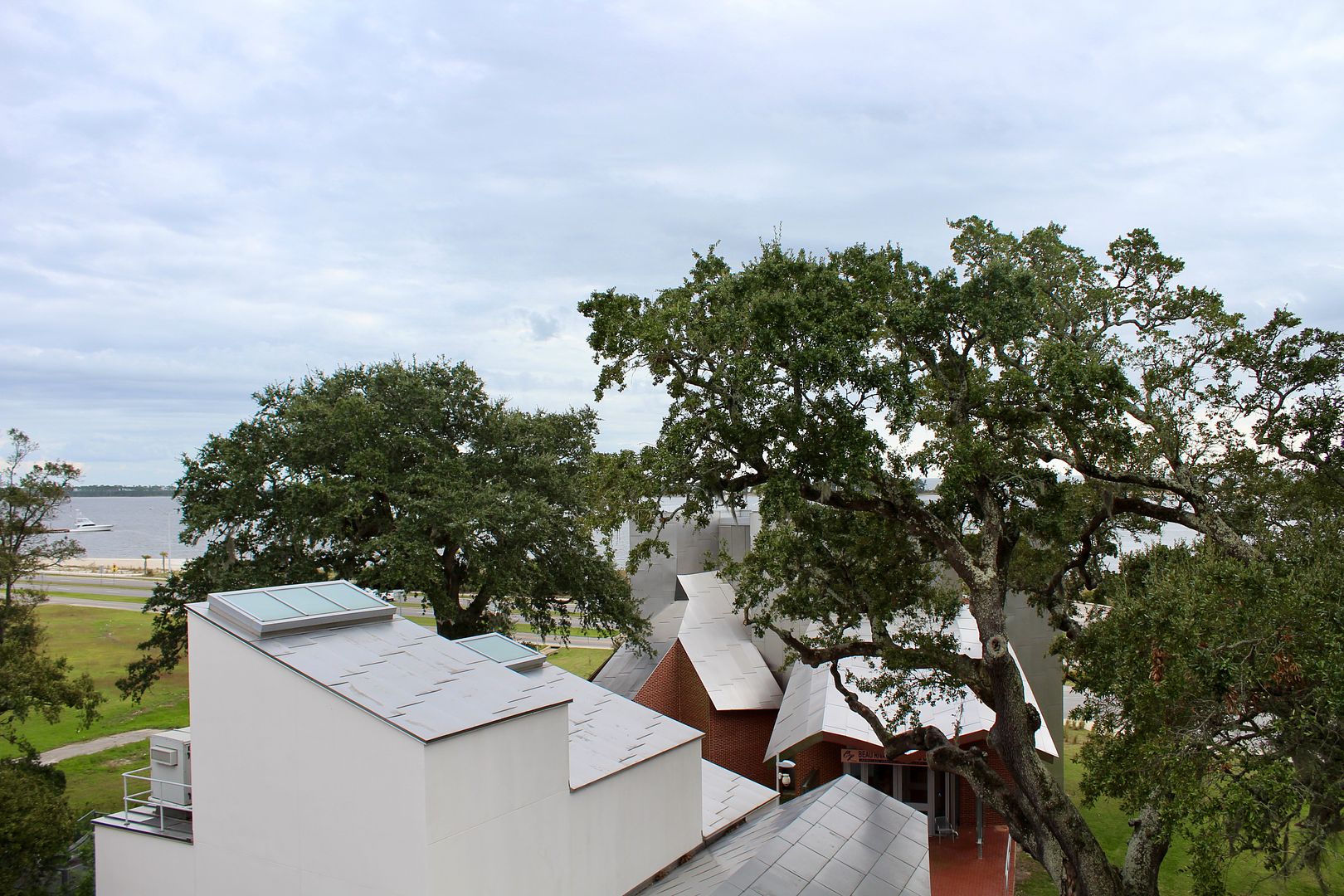
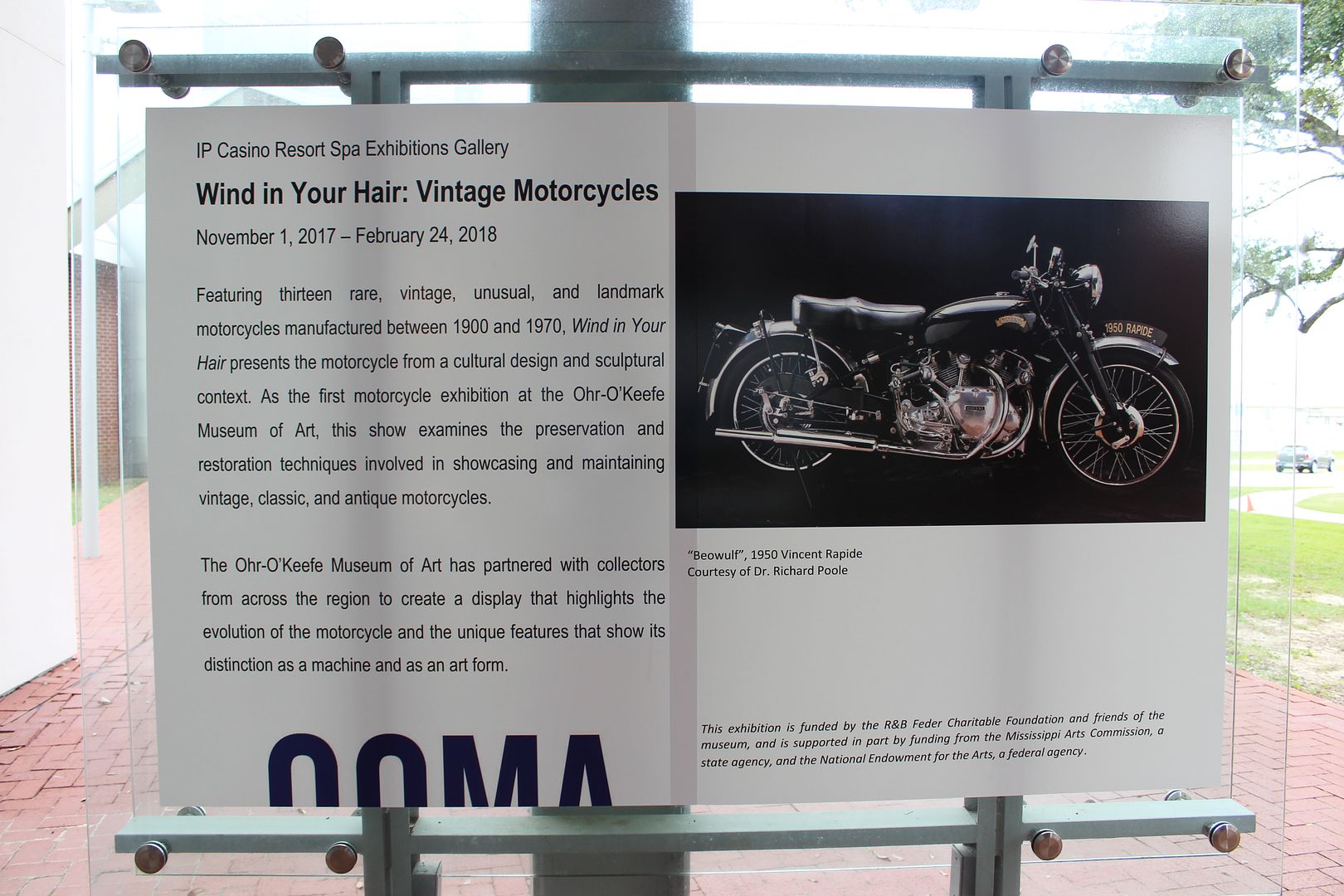

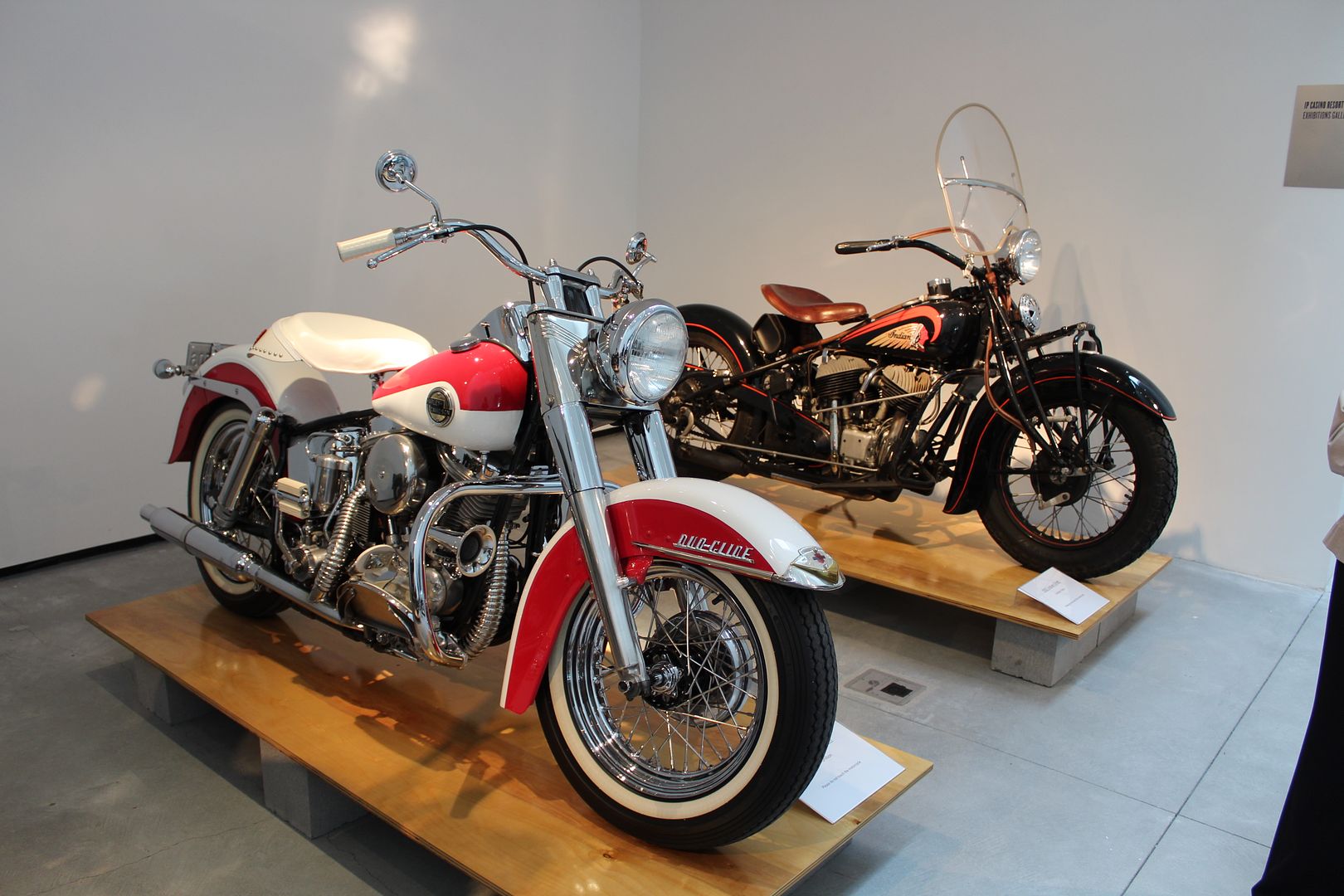
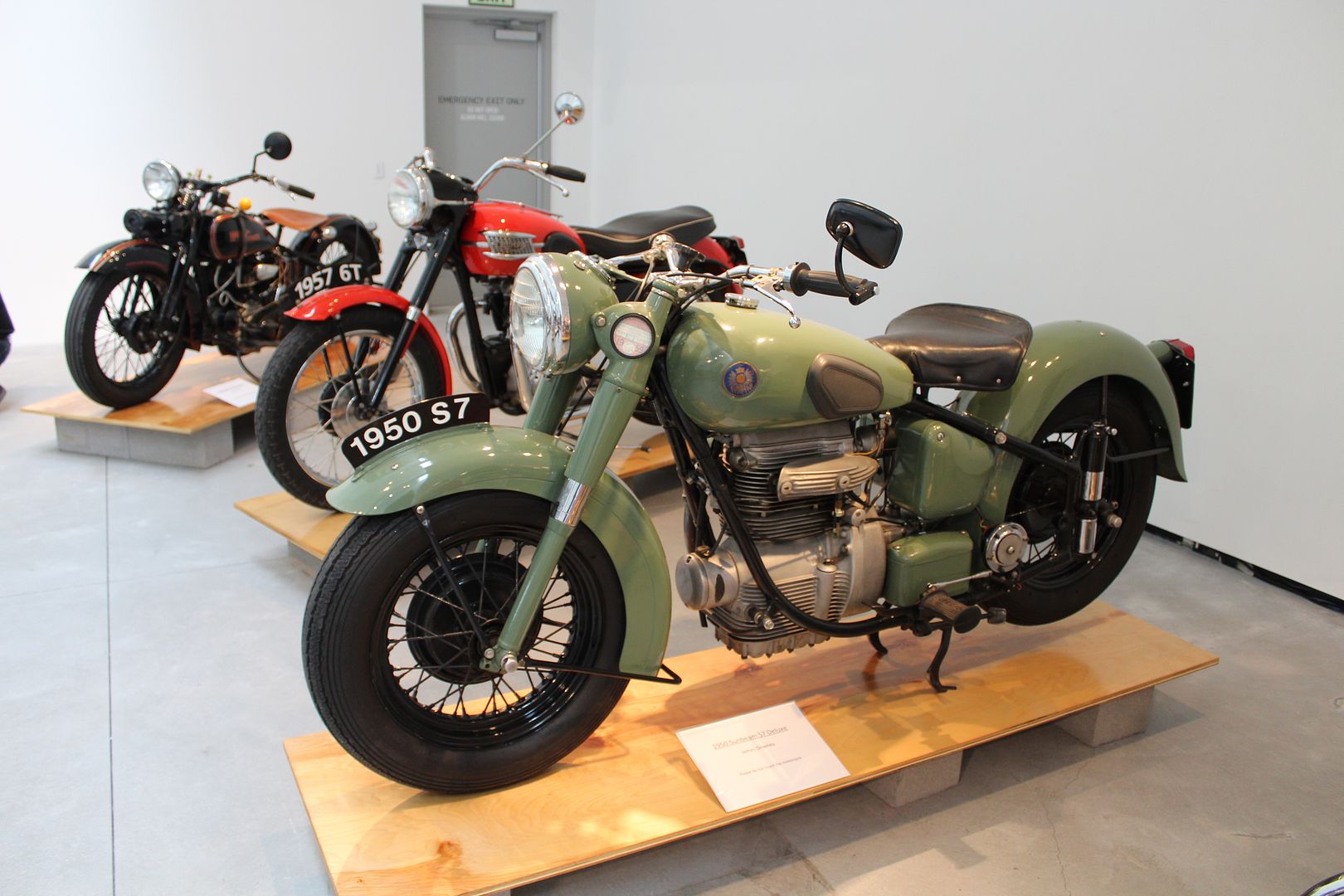




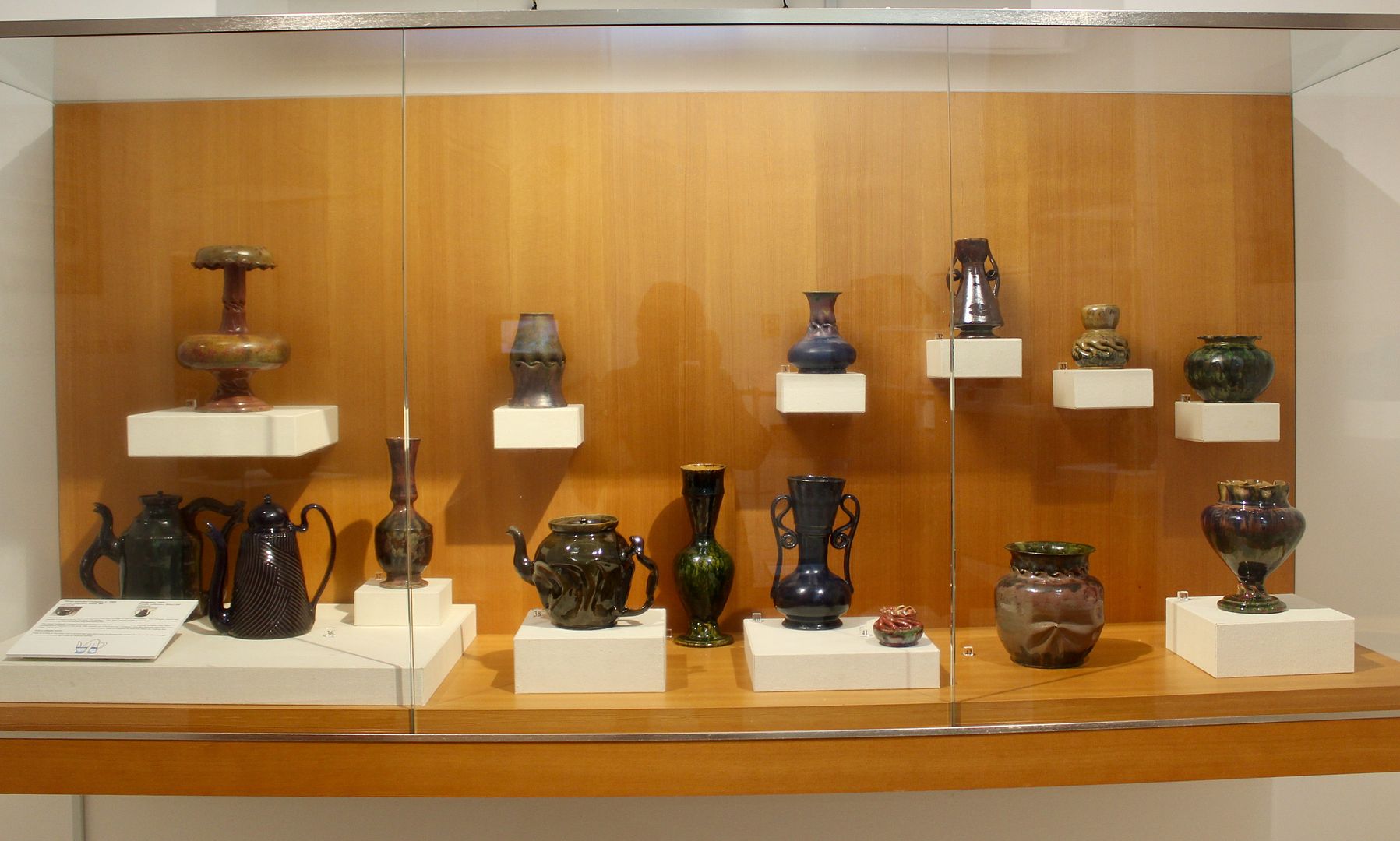
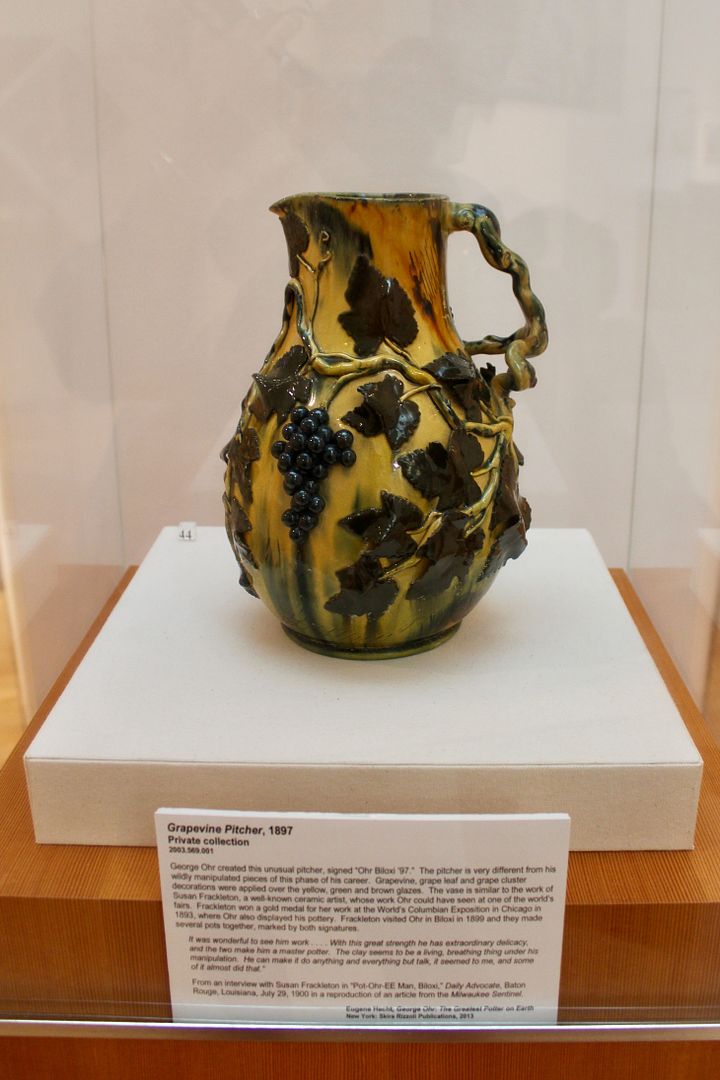
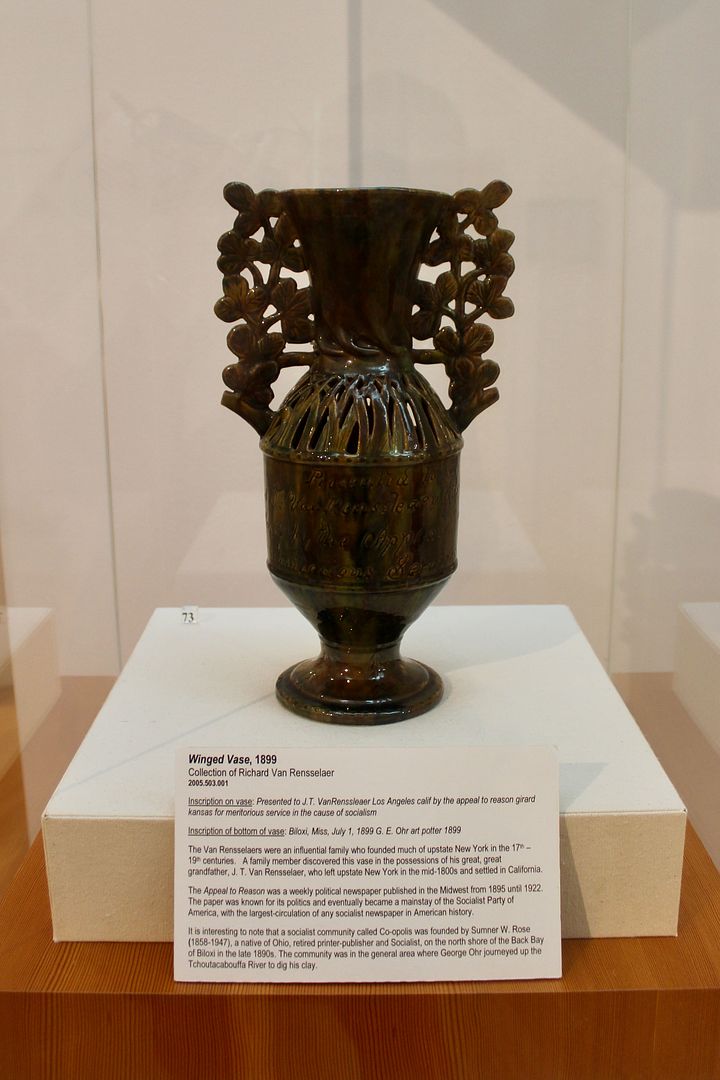
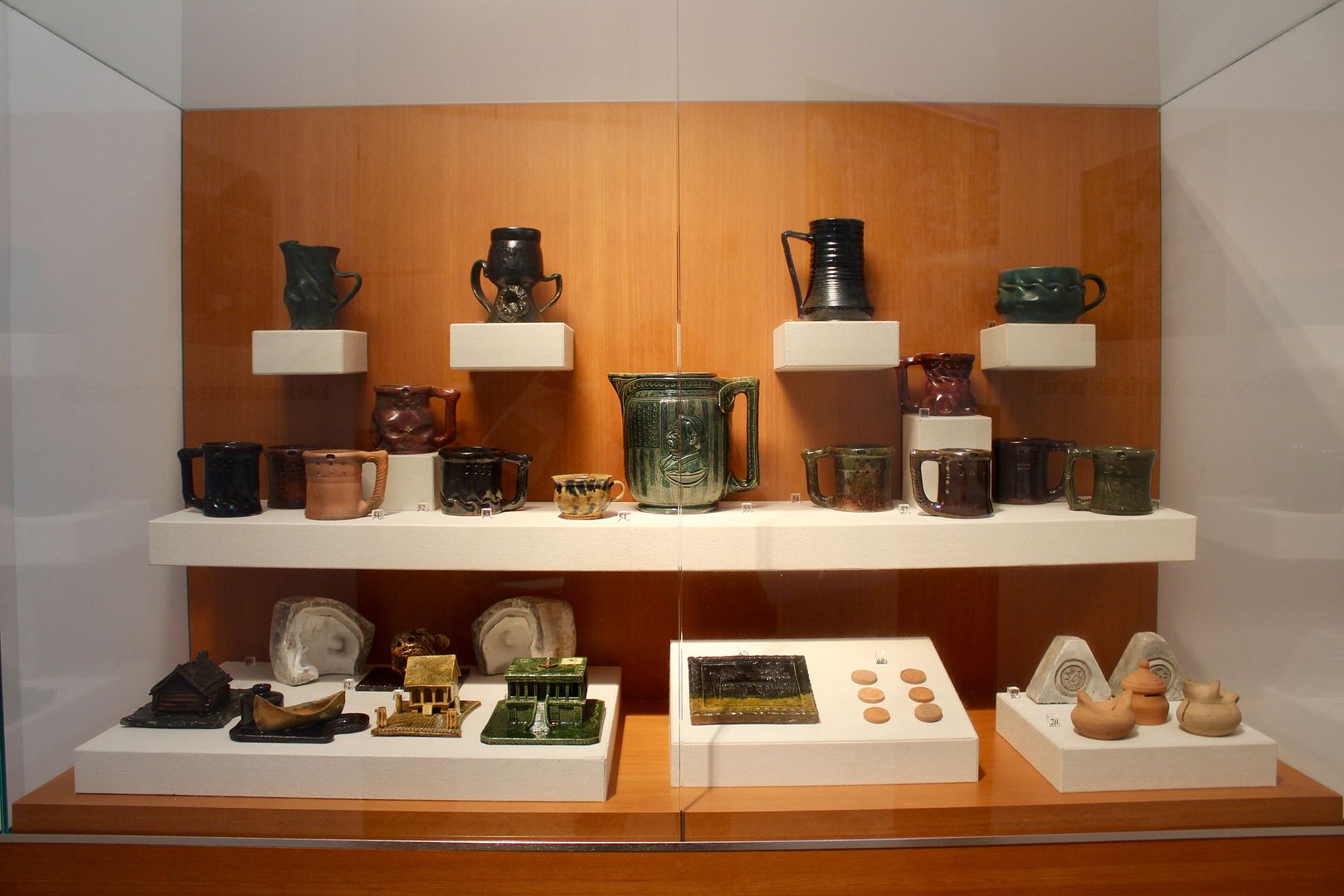
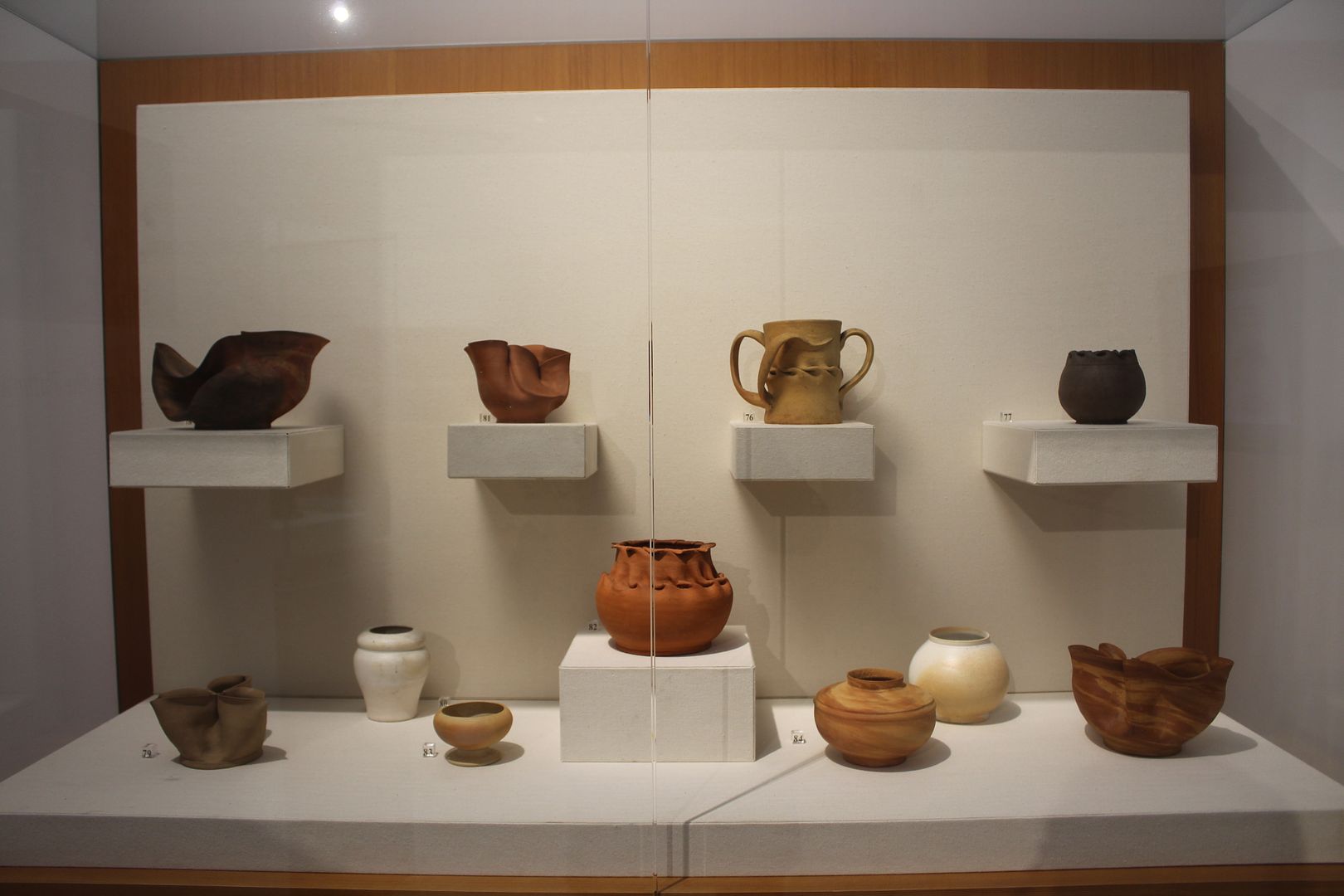
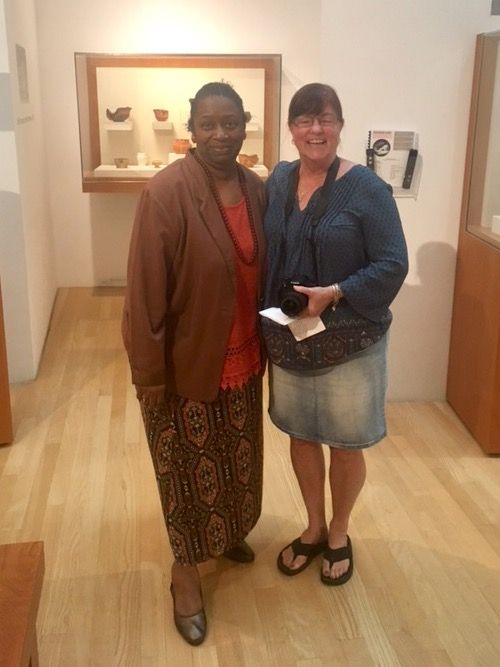
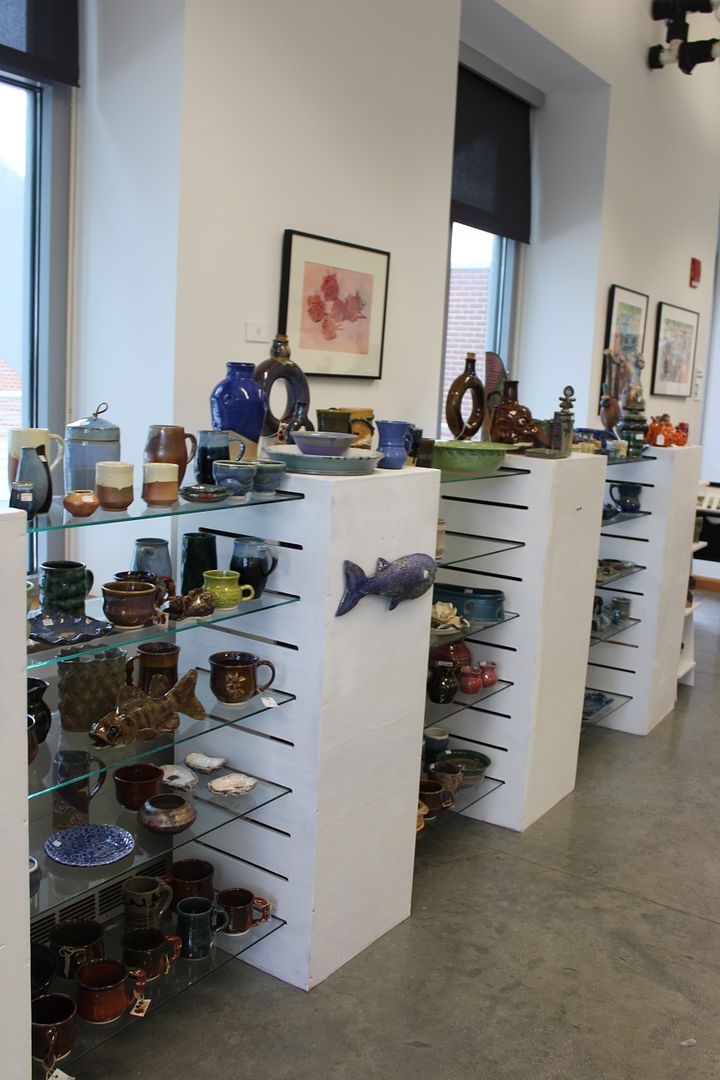


No comments:
Post a Comment